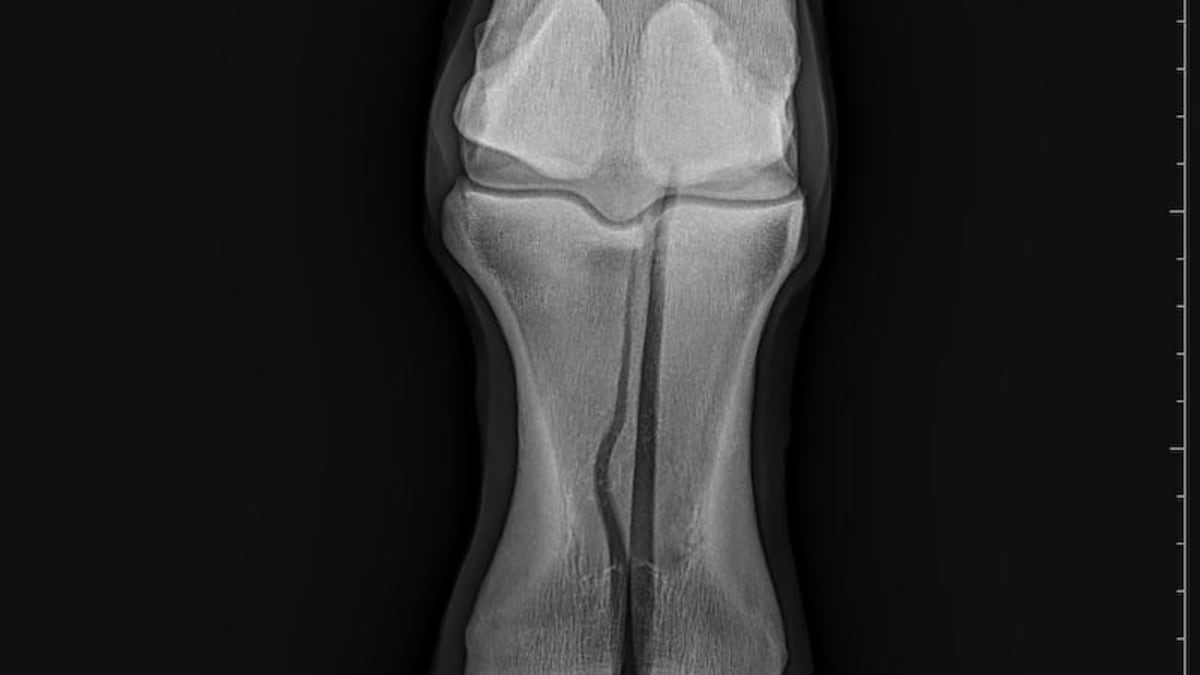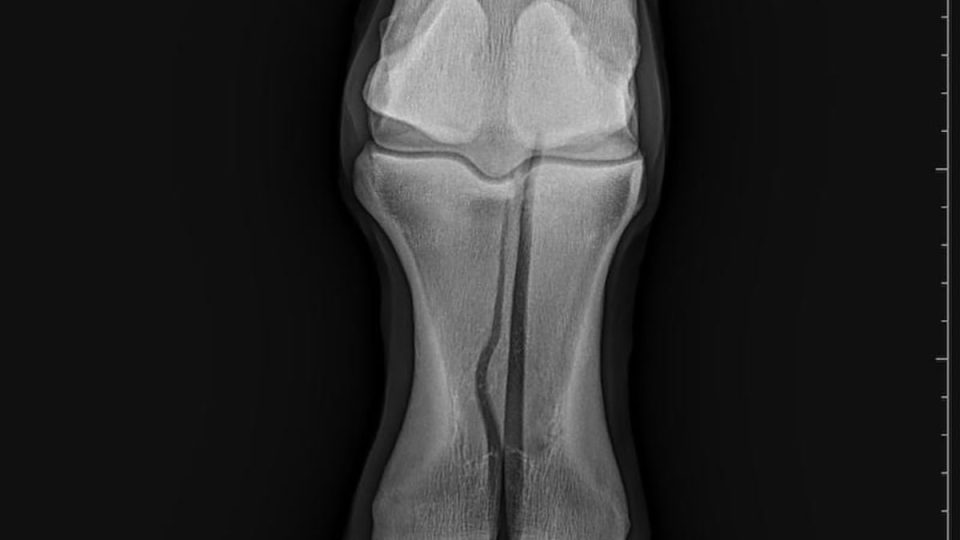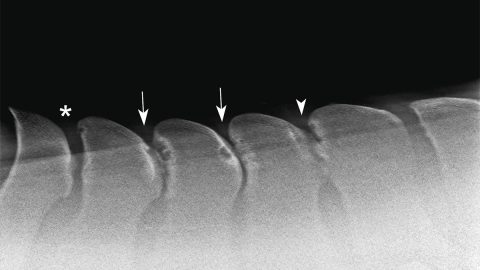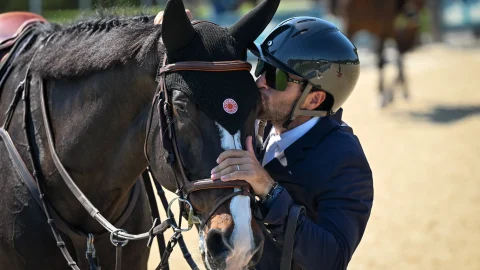Here’s something we see time and time again in the dressage world: horses that “fail” the pre-purchase veterinary exam go on to thrive at the highest levels. And others, with spotless X-rays? They’re back in the clinic within months.
Sounds familiar?
Let me tell you a true story.
Not long ago, at Gallery Horse, we showed a lovely Small Tour gelding to a client. Beautiful, talented, honest. During the pre-purchase veterinary exam, the flexion test came up positive. Naturally, the buyer hesitated. But she also trusted her eye—and her feel. She went ahead with the purchase.
Today, that very horse is successfully competing at Grand Prix, has never needed a vet visit for lameness, and is still sound and thriving.
Meanwhile, other horses with “perfect” reports have had soft tissue injuries, mystery lameness, even serious colic episodes.
A Horse Is More Than a Scan
Don’t get us wrong: a pre-purchase veterinary exam is valuable. But modern diagnostic tools pick up every little detail—and not all of them matter. A “finding” doesn’t always equal a future problem.
So maybe the better questions are:
- Is the horse performing at the level you need?
- Is it happy, supple, and willing?
- What kind of program has it been in?
At Gallery Horse, we’ve learned that the best horses often come with “imperfect” X-rays—and the cleanest scans don’t always guarantee success.
Trust the Full Picture
Radiographs are tools—not crystal balls. The real insight comes from watching the horse move, sitting in the saddle, learning about its background, and feeling its energy.
Because what you're truly searching for isn't perfection on paper— you're looking for a partner. An athlete with spirit. A horse that wants to dance with you.
And that kind of horse? You’ll find it with your heart, not just your eyes.





